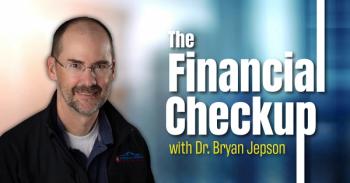
Practices dealing with bad debt as patients struggle with medical bills, study shows
Patients are finding it increasingly difficult to pay off their medical bill balances, and that is forcing more physician practices to chase after bad debt.
Patients are finding it increasingly difficult to pay off their medical bill balances, and that is forcing more physician practices to chase after bad debt.
The survey found that 47 percent of Americans said they would be unable to pay for an unexpected medical bills of $100 or more without going into debt.
As a result, more physician practices are dealing with bad patient debt. According to the report, 22 percent of physician practices said that at least 10 percent of their patient accounts have bad debt tied to them. In addition, a majority of practices (54 percent) said between 3 percent and 9 percent of their accounts go to bad debt.
This requires practices and healthcare organizations to go after the debt, and 56 percent of practices surveyed said debt recovery could take three months or longer.
“This is lost cash flow that could be used for new equipment, technology, education, office improvements, or other needed updates and improvements,” the report reads. “It also means wasted time trying to chase down debt.”
The TSYS report provides some strategies physicians can use to boost payment collections and reduce accounts recievable. They include:
- Focus on online payments: Although patients prefer to pay their medical bills online, less than half of practices surveyed offer online payment options.
- Offer a card-on-file program: Easy payments means faster payments. In the report, TSYS said it worked with one practice to implement a card-on-file program that reduced accounts receivable by 28 percent in six months.
- Provide payment plan options: Offer patients with delinquent accounts a way to pay the debt through payment plans. Even higher-income patients value these options. The report found that patients with incomes exceeding $75,000 actually use payment plans more frequently than patients who earn less.
- Up your communications game: According to the study, one-third of practices that cited poor communication as a reason for patient attrition also reported 10 percent or more patient accounts going to bad debt. The report concludes the two are correlated.
Newsletter
Stay informed and empowered with Medical Economics enewsletter, delivering expert insights, financial strategies, practice management tips and technology trends — tailored for today’s physicians.














